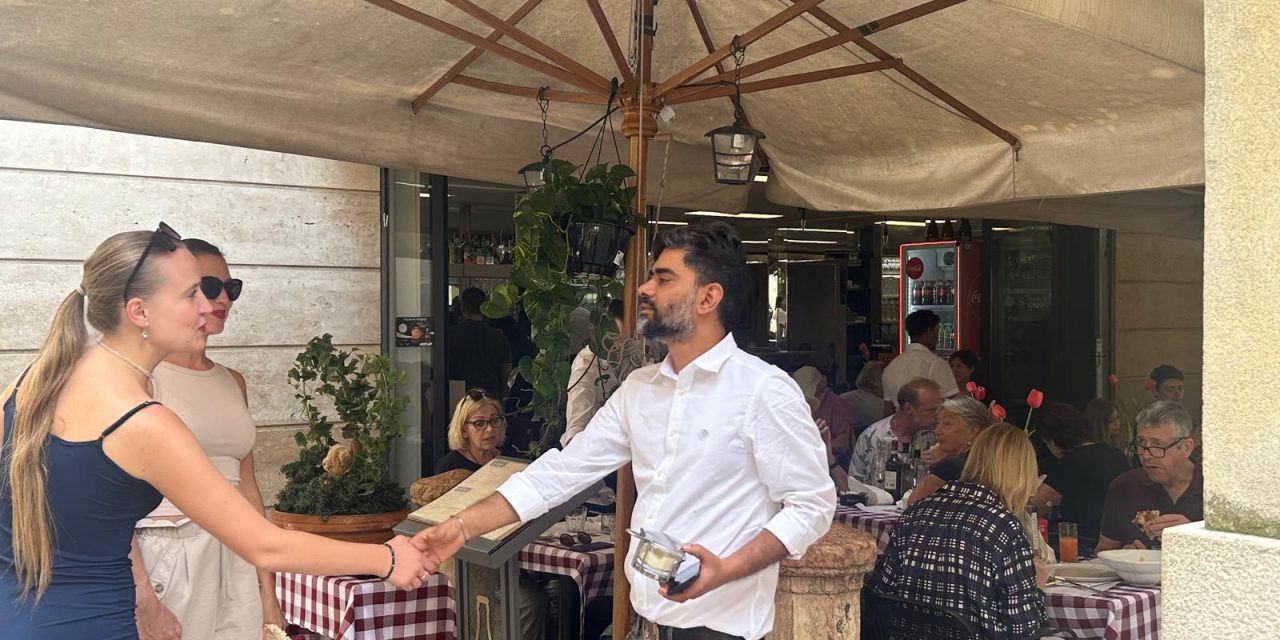“You are not the prime minister so what are you doing on your phone?!, exclaims Italian restaurant owner Angelo Lello. With social media constantly begging for a seat at the dining table, he stresses how urgent it is to combat the issue of phone versus food. The #DigitalDetox has gained a lot of following with restaurant owners taking action, Lello has jumped in and offers a free bottle of wine.
Diners on the hunt for their next dish are now seeking out trends over tradition. Away in Italy, a country renowned for its traditional recipes and flavorful feeds, the modern world of food and technology now poses a threat to the infamous Italian cuisine. With social media on the rise and constantly begging for a place at the table, Italy’s rich culinary history is facing new challenges. Trends across Instagram and TikTok that focus on aesthetic over authenticity pose a threat to older traditions in the world of food. Experts warn that while social media can increase customers for certain establishments, it risks overshadowing the old school methods in Italian kitchens. Meanwhile, a local eatery nestled into the Northern side of Verona city in Italy has introduced a way to combat the issue of phone versus food.
Balancing Tradition and Trend
Al Condominio which opened in the earlier months of this year, has since gained a lot of attention following their #DigitalDetox agenda. The owner, Angelo Lello decided that diners who gave up their phone for the course of the meal would be offered a free bottle of wine. He wanted to steer clear of the typical trends of social media and instead create his own trend. Angelo was keen to create an experience for diners and ensure that there were no distractions. “The problem in our society now and in restaurants is that people spend the whole time on their phones, you don’t need to…you’re not the prime minister” he says. Lello figured a bottle of wine was enough to convince diners to keep the conversation to those across the table from them. Food trends on social media are ever increasing with many using it as a main search engine when discovering new eateries. He argues that “because of social media every place is the same, with the classical Italian locations and dishes and it’s good for tourists but it’s boring and not good for the local people who are looking for quality and originality”.
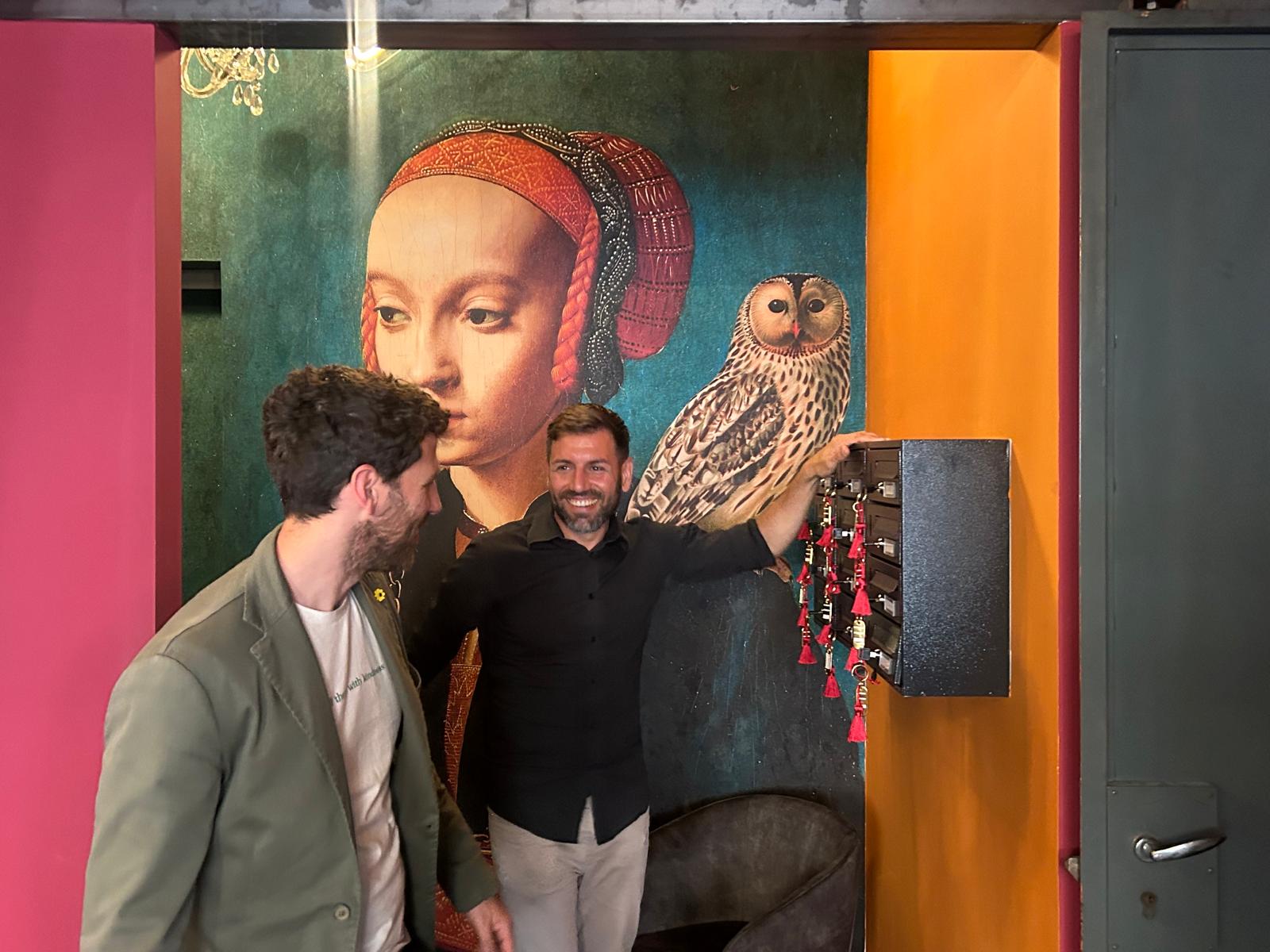
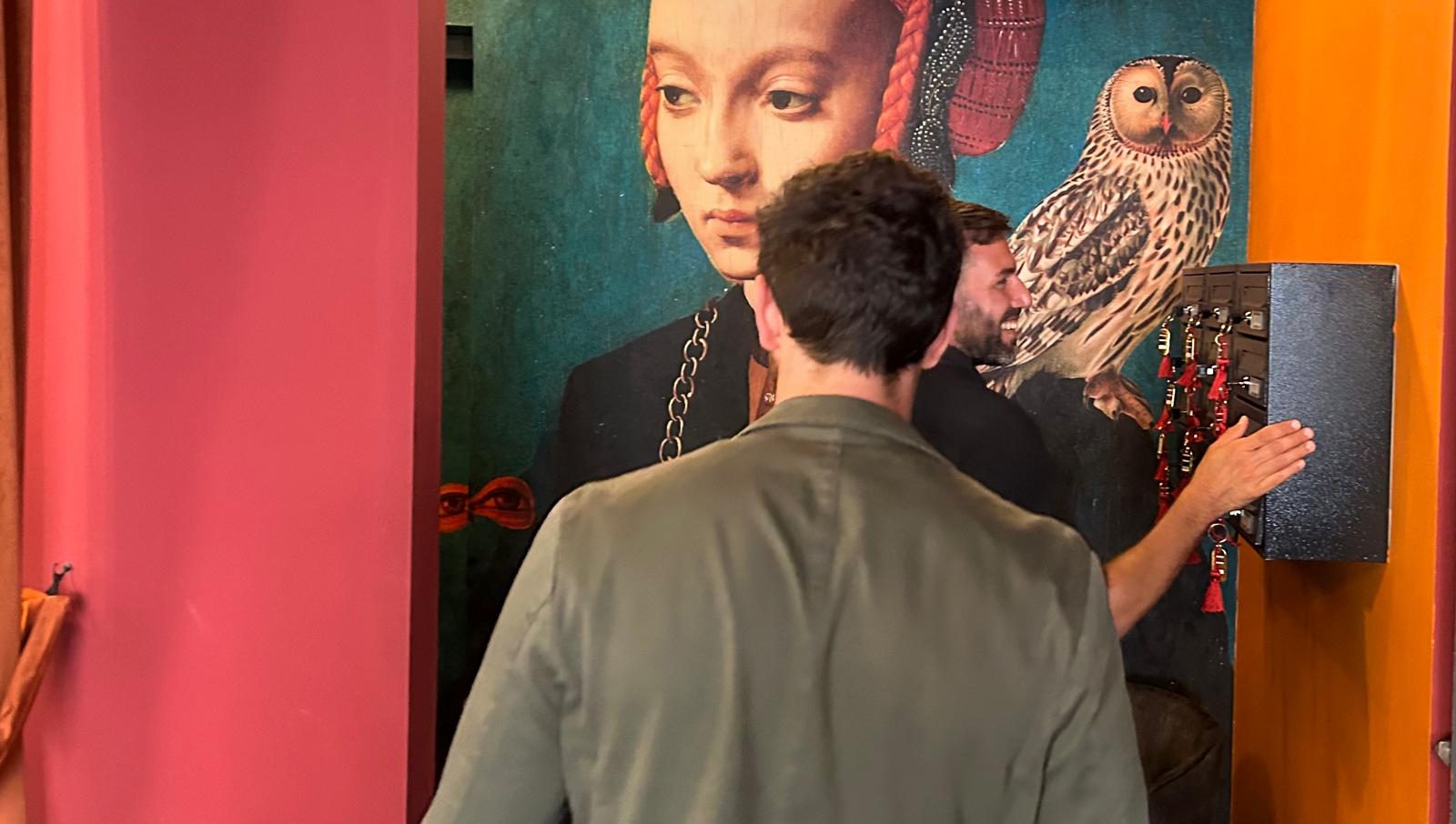
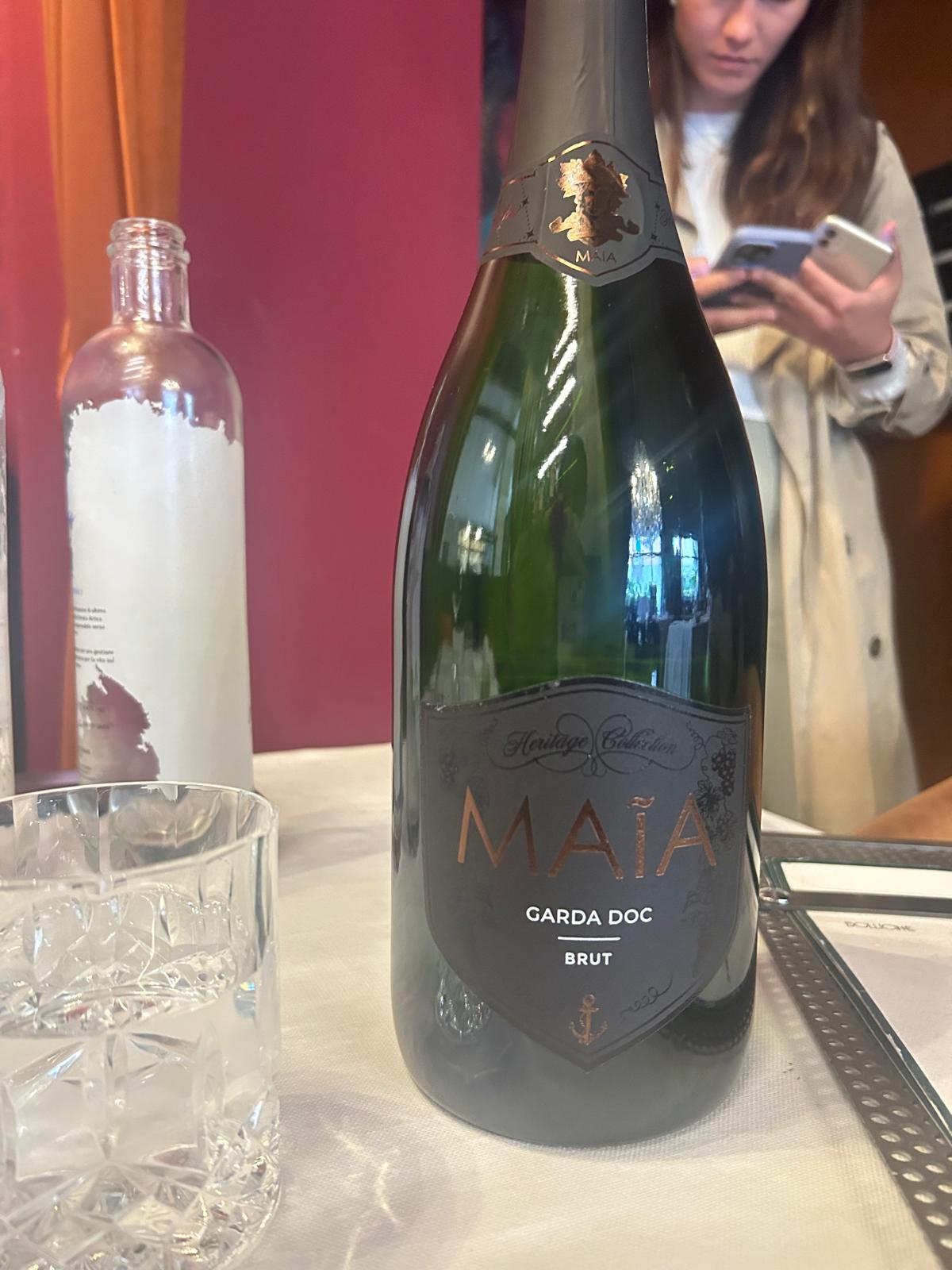

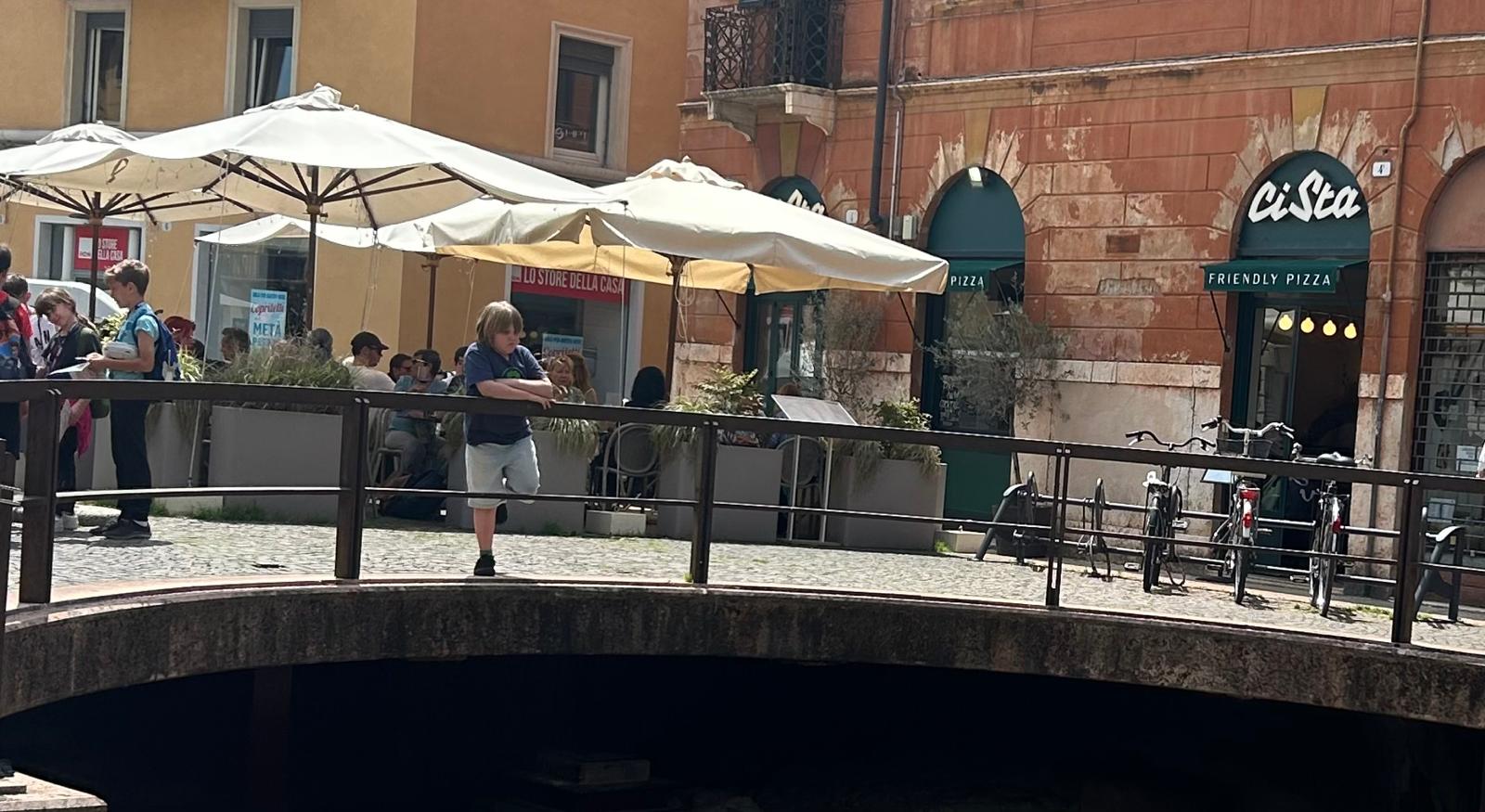
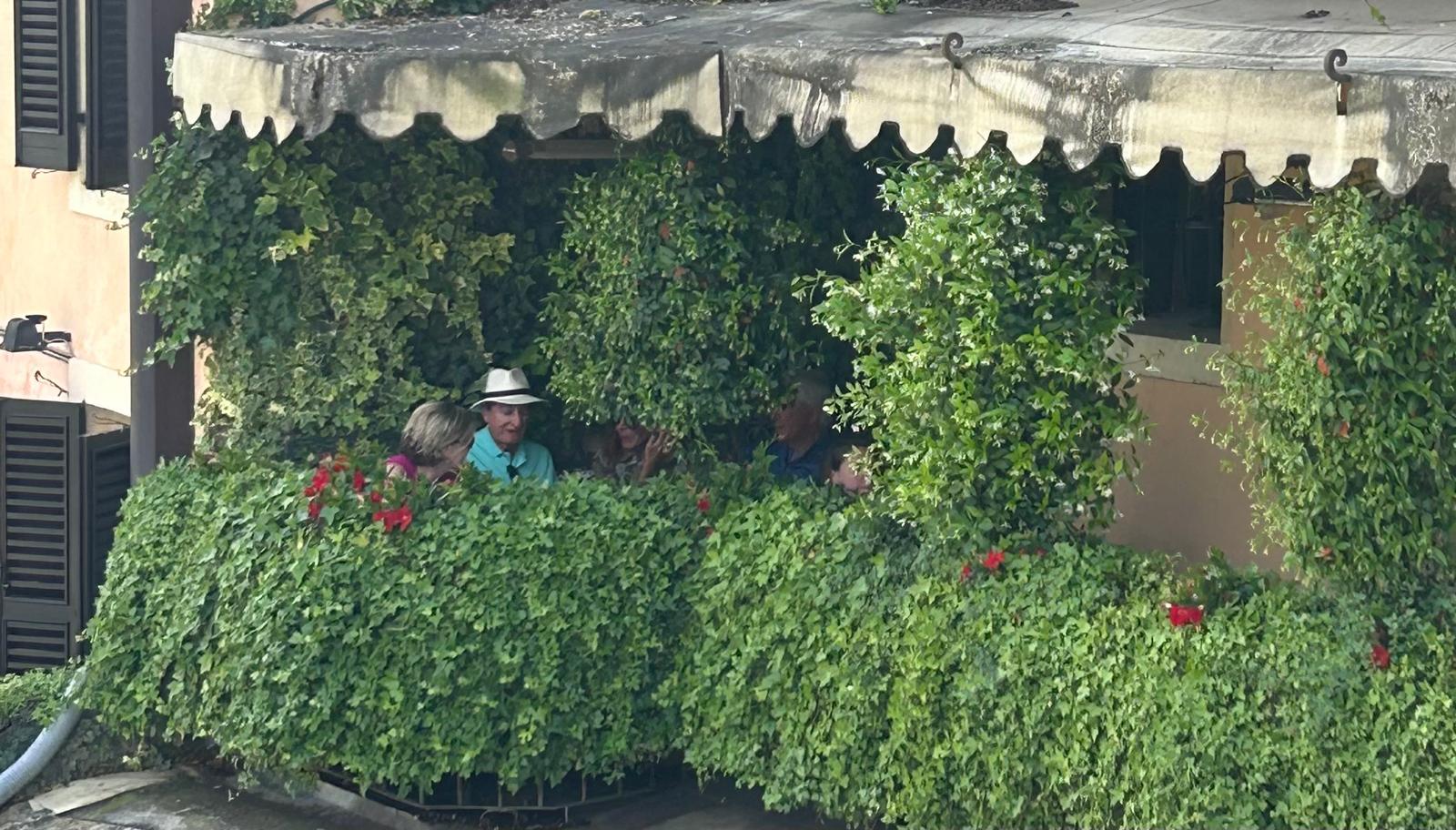
The restaurant manages to strike a unique balance between tradition and trend which promotes genuine connection amidst the fuss of social media. Lellos aims to promote this connection goes deeper than restricting phone usage, each dish on the menu is cleverly named so that it can serve as an icebreaker (‘the spy’, ‘the grumpy neighbor’, ‘the kid next door’). The efforts to increase engagement are clear from each thought-provoking mural to the tables placed close enough to one another for conversations to be shared. Lello aims to serve people with a refreshing dining experience, giving one every opportunity to “put away the technology and discover the value of time”. While connection appears to be a focal point for the grounds of this establishment it is clear to see that tradition has not been forgotten about and is dear to this establishment. From the locally sourced ingredients to handmade dishes, the owner insists that “following tradition is just as important, it’s something we cannot change, and we must respect it”.
Behind The Scenes
With 68% of millennials focused on capturing either an image or video of their food before eating, it is evident that the need for a picture-perfect meal is a focus of many. Attending these establishments based off of ‘TikTok’ research, one will quickly learn that the ques tend to follow. Italian food blogger Paola Magiuili who has been covering Italian dishes since 2010 shares her concerns for the traditional world of Italian food that is out of its depth in the modern world of media. “A lot of Italian restaurants are built on traditions, family, generations, handed down and if tourists come through and are just fixated on one dish…well, all the other love that’s there is just kind of forgotten about” she says. Since living in Puglia and keeping up with the world of Italian food, she has seen a lot of change and development as social media usage has grown. Despite her concerns of the effects that trends can have on local establishments and the way which we consume she admits that she too was originally victim to the world of ‘Instagram worthy dishes’. “I used to be that person, get invited somewhere but all I’d care about is getting a really good picture to post on the gram”. However, as Magiuili experience increased, so did her understanding of the importance of tradition in Italian cuisine. “There’s the part with trends that brings tourism to a place that’s never had tourism and that’s great…but then there’s the opposite side and that is that parts of Italy have transformed what they are just to cater to tourism, and I think it damages the landscape of what the country is” she explains.

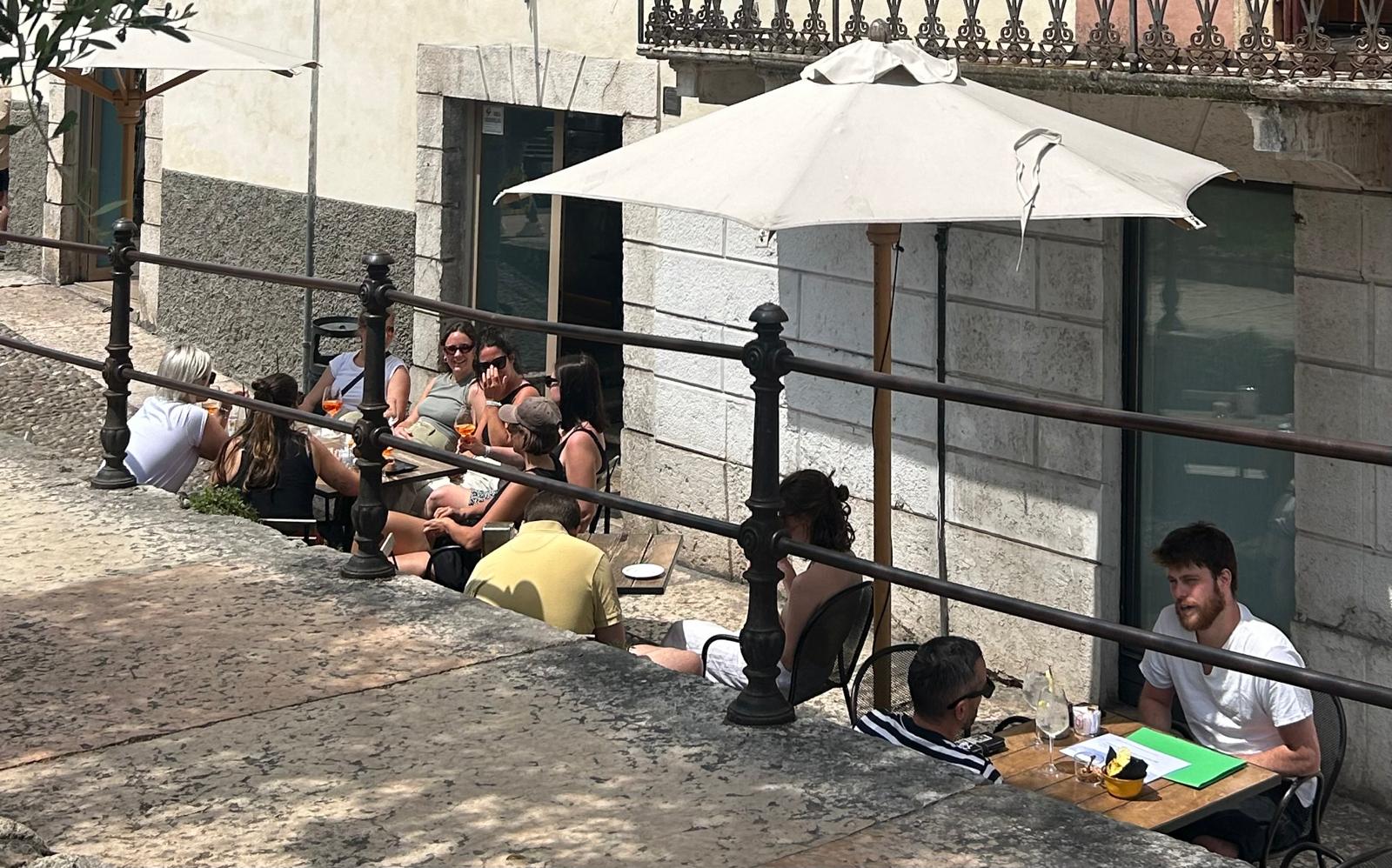

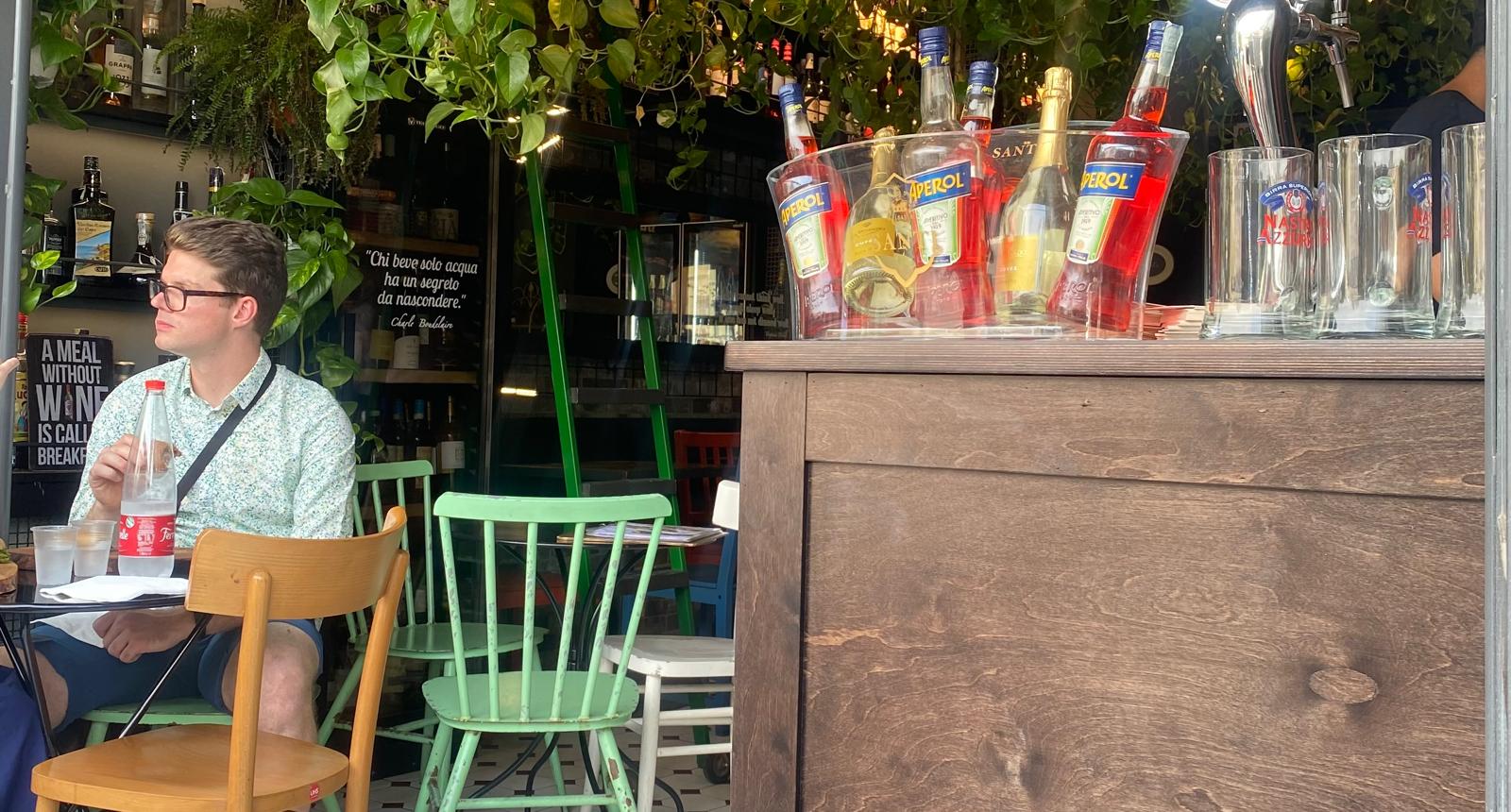

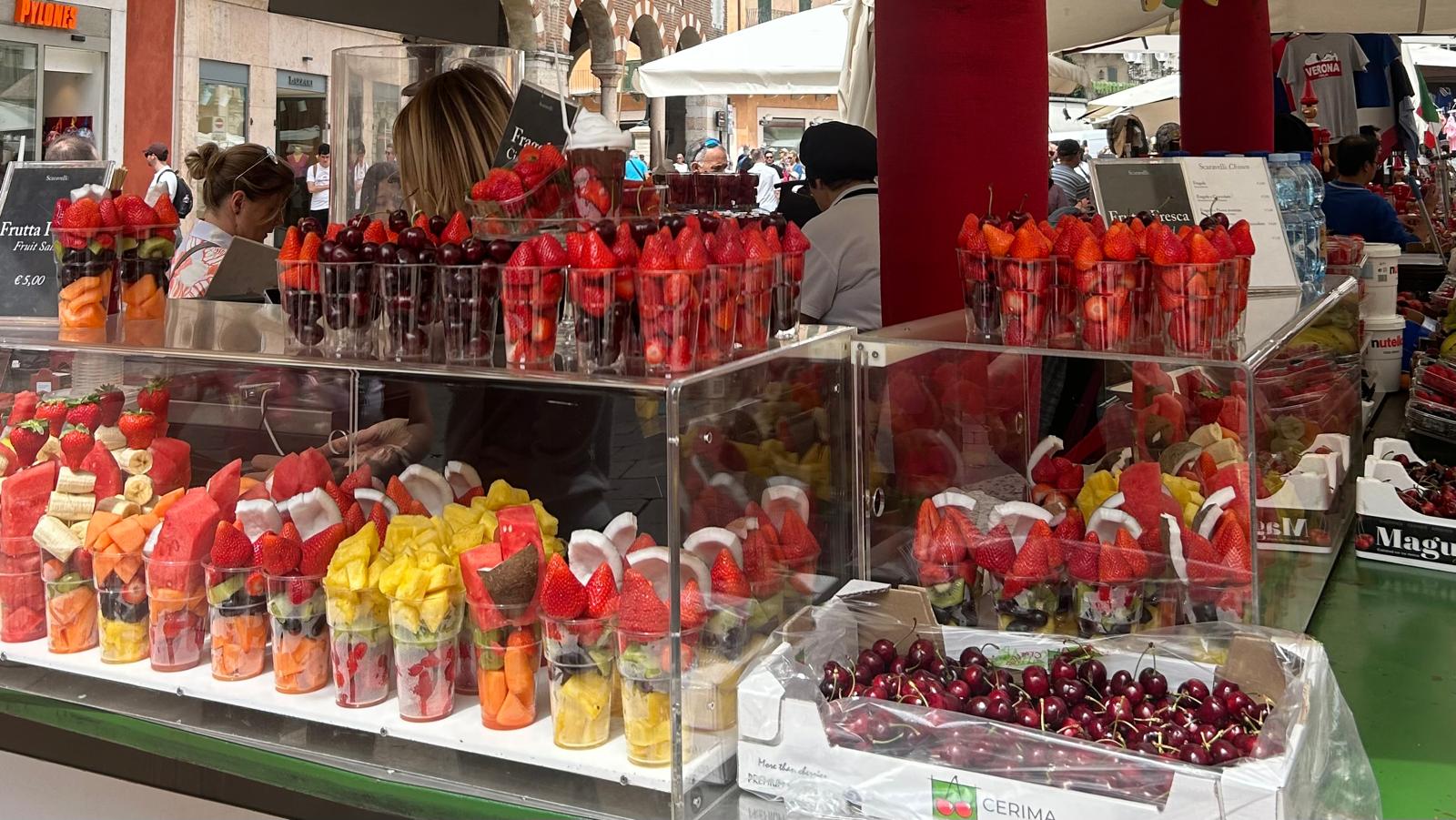
Similarly to those operating Al Condimino, Magiuili sees beauty in savoring the moment over capturing it. This shift is crucial in maintaining tradition and ensuring that Italian foods don’t fade away to a mere sixty second TikTok craze. “As soon as someone finds one dish, everyone just repeats it, and for restaurants they get this massive boost, but it’s not natural and anything that goes viral doesn’t last forever” explains Magiuili. The concern lies not in the now but rather in the “long term damage” that this is doing to local businesses and communities. Yet still amongst this craze there are older buildings bursting with character that remain standing, in full operation. Despite the world around them succumbing to trends, Magiuili says that “in the small, local restaurants they don’t need social media to keep their businesses going or to want to keep going, you know it’s being spread through word of mouth. They’re not being driven by world popularity; they just want to feed people”.
Authentic or Aesthetic?
Lucy Johnson, a digital marketing expert explains that “Social media platforms are having a heavy influence on consumer behaviors in the food industry”. According to Johnson, the aesthetic appeal of food now outweighs all other factors. People care less about the origin of the food or the story of its place in Italy’s heritage and more so about how it will appeal to one’s followers. “Aesthetically pleasing food has become a huge factor into people choosing what to eat or what restaurants to go to” she shares. Social media platforms such as Instagram and TikTok are now flooded with visually appealing images and videos of dishes and their establishments, amplifying their clientele. With large numbers of people doing their research for new locations on TikTok, Johnson reveals how “the intersection between food and culture continues to shape how we eat, interact and even seek social connection”.
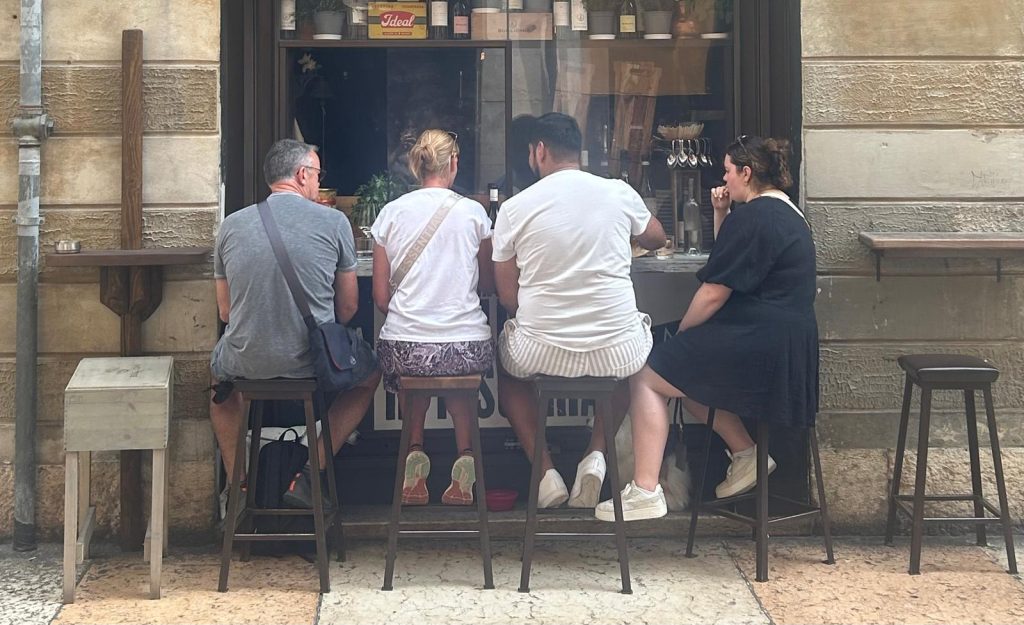
Despite her admittance of aesthetics driving initial attraction, she is confident that the lasting impression comes from meaningful interactions and quality food, a philosophy that Al Condominio embodies. “I don’t think it’s about business, it’s about culture,” she adds. However, working in the world of media Johnson is sympathetic to those who turn to trends. When competing with numerous establishments offering the same viral dish that tourists are chasing, the pressure not to serve it up becomes near impossible. These restaurants operating in the digital age are faced with a double-edged sword, but is joining the trend going to be worth the death of tradition? Social media comes with many benefits and can be a great marketing tool for establishments in Johnson’s opinion. However, like most things, it comes at a cost. She is confident that media can continue to be used but it must be with great awareness and respect. In order to maintain the authenticity of localities it is crucial to look beyond thirty second traps. And perhaps when one does so it will be evident that in the food industry in somewhere as renowned as Italy, there are dishes that go beyond a ‘famous’ pizza or pasta trend.
Evidently this new shift towards visual appeal comes at a price to pay for both local business sustainability and long-lived traditions. While many still value the essence of authentic Italian cuisine, those who are fed by likes and shares are a growing demographic. Italy’s dining culture has always been dear to both tourists and locals. However, as this culture continues to grow and appeal to many it is crucial that boundaries be established between trends and tradition. With the correct approach, it is possible for culinary heritage to continue to strive even in an age dominated by social media. The likes of Angelo Lello are a direct reflection of this. Al Condominio has a great success rate by adapting their own trend and feeding the more important things in life. Owner Angello is aware that “we cannot change the entire world, but we can make changes to improve our little world”.
